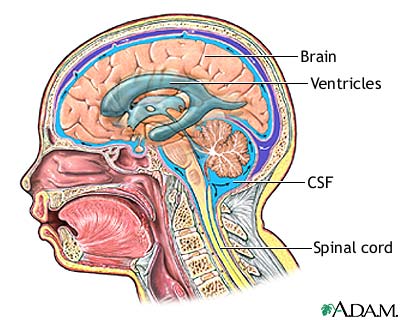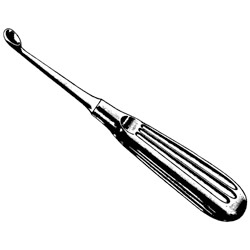VP Shunting all by myself and I survived!
I thought all the while that my fellow nurses are just teasing me --- but no. It was written on our whiteboard. An emergency VP shunting or Ventriculoperitoneal shunting. There is only one neuro-surgeon that graces our operating room and he goes by the name Dr. ♥. Although there was an eerie space on the surgeon's name, you'd be a dimwit to ask if he'd be the one to do it.
My friends had already choose cases to scrub and according to them - seniors are the one who are in charge of scrubbing cases such as these (in short, when it comes to hard cases, seniors first. if easy cases, juniors first). I already felt an impending migraine. Ok! I have assisted several cranio (but if i have any other choice, I'd rather not). I always felt like a newbie every time I stand up on that white platform I fondly call 'stage'. I really don't know why I feel so nervous and uncomfortable (but never to the point of hyperventilation) -- maybe because it is Dr. ♥'s aura? I am almost in a trance.
Why I am making a big deal out of it? :D Primarily because, there would normally be two people scrubbing for VP shunting or any craniotomy procedure. I find it so funny because we would prepare for like two hours and the procedure will just last less than an hour. Back to the two scrub nurses,
the first scrubber is assigned in the two mayo tables where the skin instruments and the bone instruments are placed and the second scrubber is at the back table where the sponges, bowls, cottonoids, bone wax, gelfoam and the rest of the set are being placed. Since I am the only one who is scrubbing this awful procedure, I have readied all my instruments and stuffs double time.
VP Shunting is normally done to children who are suffering from hydrocephalus. But this time - the operation is done to an adult. Did the patient have a hydrocephalus as well? What is VP Shunting?
Ventriculoperitoneal shunting is a surgery done to relieve the increasing pressure inside the skull due to excessive cerebrospinal fluid (CSF) on the brain.
Done under general anesthesia, the procedure may take about 1 to 1 ½ hour depending on the surgeon. The hair is shaved off and a surgical cut shaped after a horseshoe (U-shape) is done behind the ear. Another cut is done in the abdominal area (that is why the VP Shunting drape has a hole than the adult lap).
A small hole is drilled in the skull using the cranial burrs (we only have three ‘useable’ burrs in our hospital). A small thin tube called catheter is passed into a ventricle in the brain and another is placed under the skin behind the ear and moved down the neck, past the chest and usually into the peritoneal cavity in the abdomen. The doctors sometimes make a small cut in the neck to help position the catheter.
A fluid pump or valve is placed under the skin behind the ear. This is attached to both catheters. When extra pressure builds up around the brain, the valve would open and excess fluid drains out of it into the abdomen. This action helps in decreasing intracranial pressure.
Valves in recent shunts can be program to drain exact fluid from the brain.
Causes of Hydrocephalus in Adults:
- meningitis,
- tumors,
- traumatic head injury,
- subarachnoid hemorrhage,
The NEURO SET
NEURO SKIN INSTRUMENTS: Three bowls, towel clips, mosquitoes, straight clamps, kelly curves, allis forcep, dandy forcep, blade holders, suture scissors, needle holders, metz, tissue forceps, thumb forcep, adson forcep
This is the only new one in the neuro set SKIN INSTRUMENTS, this is the dandy forcep
NEURO BONE INSTRUMENTS: Cranial burrs, periosteal elevator, gigli saw, Rongeurs, bone curette, malleables,
Periosteal Elevators are used to strip portions of the membrane (periosteum) covering the exterior surface of a bone. Periosteal Elevators are used for trauma, spinal and other bone and soft tissue procedures.
Rongeurs are surgical instruments which are designed to chip, crack, or cut away bone and tough tissue such as cartilage.
Bone Curette is a surgical instrument shaped like a scoop or spoon, used to remove tissue or growths from a body cavity.
Dura Separator
a cranial burr: perforator, Dr. ♥ used this instrument to make a whole in the skull.This is the first among the three available burrs that he used.





























